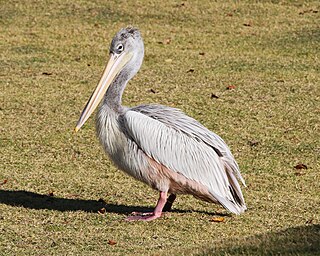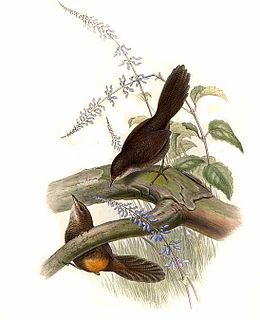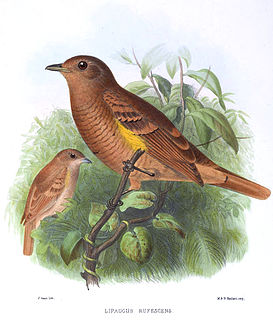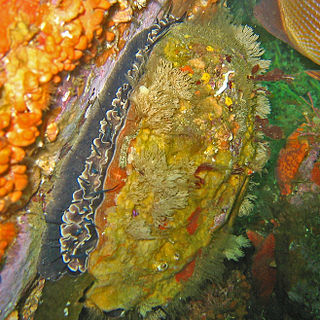Related Research Articles

The Mediterraneanshort-toed lark is a small passerine bird found in and around the Mediterranean Basin. It is a common bird with a very wide range from Canary Islands north to the Iberian Peninsula and east throughout North Africa to parts of the Middle East. The International Union for Conservation of Nature has rated its conservation status as being of "least concern".

The pink-backed pelican is a bird of the pelican family. It is a resident breeder in the swamps and shallow lakes of Africa, southern Arabia, and southern India; it has also apparently extirpated in Madagascar.

The reddish egret is a medium-sized heron. It is a resident breeder in Central America, The Bahamas, the Caribbean, the Gulf Coast of the United States, and Mexico. There is post-breeding dispersal to well north of the nesting range. In the past, this bird was a victim of the plume trade.

The blue-tailed damselfly or common bluetail is a damselfly, belonging to the family Coenagrionidae.

The chestnut-backed chickadee is a small passerine bird in the tit family, Paridae.

The rufous rat-kangaroo, more commonly known as the rufous bettong, is a small marsupial species of the family Potoroidae found in Australia. It is not classified as threatened. The rufous bettong is about the size of a full-grown rabbit.

The black-tailed mosaic-tailed rat is a species of rodent in the family Muridae. It is endemic to the island of New Guinea.

The rufous scrubbird is a bird species in the family Atrichornithidae. It is endemic to Australia.

The speckled mourner is a species of bird in the family Tityridae. It has traditionally been placed in the family Cotingidae, but evidence strongly suggest it is better placed in Tityridae, where it is now placed by the SACC. It is found in Belize, Colombia, Costa Rica, Ecuador, Guatemala, Honduras, Mexico, Nicaragua, and Panama. Its natural habitat is subtropical or tropical moist lowland forest.

The rufescent prinia is a species of bird in the family Cisticolidae. It is found in Southeast Asia, the Indian subcontinent and southern Yunnan. Its natural habitat is subtropical or tropical dry forest.

The long-nosed echymipera, or long-nosed spiny bandicoot, is a species of marsupial in the family Peramelidae. It is found in Australia, Indonesia, and Papua New Guinea. Its natural habitat is subtropical or tropical dry forests.

The rufous elephant shrew, rufous sengi or East African long-eared elephant-shrew is a species of elephant shrew in the family Macroscelididae. Found in Ethiopia, Kenya, Somalia, South Sudan, Tanzania and Uganda, its natural habitats are dry savanna and subtropical or tropical dry shrubland.

The Afghan pika is a species of small mammal in the pika family, Ochotonidae. It is found in Afghanistan, Iran, Pakistan and Turkmenistan and the IUCN lists it as being of "least concern".

Rhynchotus is a genus of birds in the tinamou family. This genus comprises two members of this South American family.

Haliotis rufescens is a species of very large edible sea snail in the family Haliotidae, the abalones, ormer shells or paua. It is distributed from British Columbia, Canada, to Baja California, Mexico. It is most common in the southern half of its range.

Pterolophia is a genus of longhorn beetles of the subfamily Lamiinae, containing the following species:

Pterolophia melanura is a species of beetle in the family Cerambycidae. It was described by Francis Polkinghorne Pascoe in 1857. It has a wide distribution in Asia.
Pterolophia instabilis is a species of beetle in the family Cerambycidae. It was described by Per Olof Christopher Aurivillius in 1922. It is known from Seychelles.
Pterolophia guineensis is a species of beetle in the family Cerambycidae. It was described by James Thomson in 1864, originally under the genus Alyattes.
References
- ↑ BioLib.cz - Pterolophia rufescens. Retrieved on 8 September 2014.